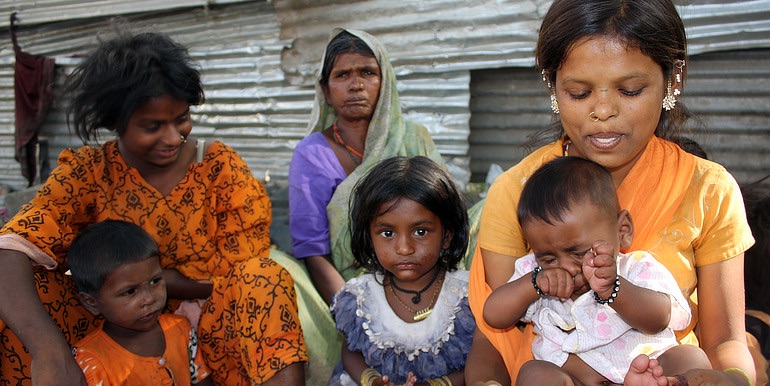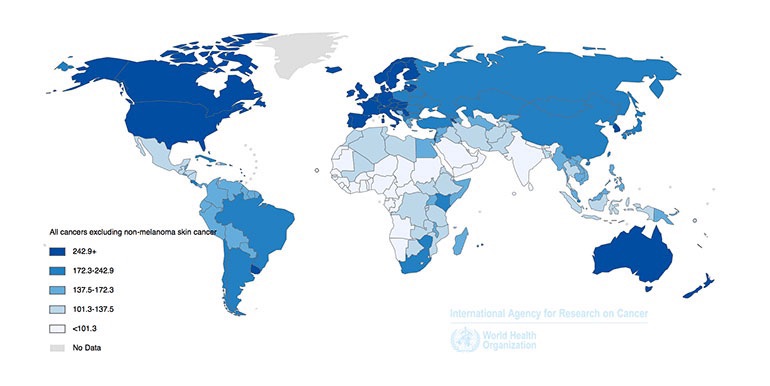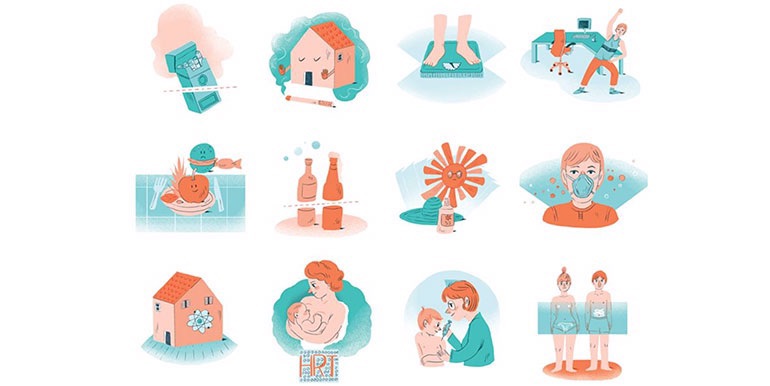New WHO guide to prevent and control cervical cancer
03. 12. 2014 | WHO Press ReleaseNew guidance from WHO aims to help countries better prevent and control cervical cancer. The disease is one of the world’s deadliest – but most easily preventable – forms of cancer for women, responsible for more than 270 000 deaths annually, 85% of which occur in developing countries.
Image credit: depositphotos.com
The new “Comprehensive cervical cancer control: a guide to essential practice” will be launched at the World Cancer Leaders’ Summit in Melbourne, Australia on 3 December 2014.
The main elements in the new guidance are:
- Vaccinate 9 to 13-year-old girls with two doses of HPV vaccine to prevent infection with the Human papillomavirus (HPV), the virus responsible for most cases of cervical cancer. The reduced, 2-dose schedule has been shown to be as effective as the current 3-dose schedule. The change will make it easier to administer the vaccine. In addition, it reduces the cost, which is particularly important for low- and middle-income countries where national health budgets are constrained but where the need for HPV vaccine is the greatest. Today, girls in more than 55 countries are protected by routine administration of HPV vaccine. Encouragingly, a growing number of low- and middle-income countries are introducing HPV vaccine in the routine schedule, with support from the GAVI Alliance.
- Use HPV tests to screen women for cervical cancer prevention. With HPV testing, the frequency of screening will decrease. Once a woman has been screened negative, she should not be rescreened for at least 5 years, but should be rescreened within 10. This represents a major cost saving for health systems, in comparison with other types of tests.
- Communicate more widely. Instead of focusing mostly on encouraging the screening of women aged over 29, the guide recommends communicating with a wider audience: adolescents, parents, educators, leaders and people working at all levels of the health system, to reach women throughout their lives.
Dr Nathalie Broutet, a leading WHO expert on cervical cancer prevention and control, says: “WHO’s updated cervical cancer guidance can be the difference between life and death for girls and women worldwide. There are no magic bullets, but the combination of more effective and affordable tools to prevent and treat cervical cancer will help release the strain on stretched health budgets, especially in low-income countries, and contribute drastically to the elimination of cervical cancer.”
An estimated one million-plus women worldwide are currently living with cervical cancer. Many have no access to health services for prevention, curative treatment or palliative care.
Addressing inequities
Cervical cancer rates have fallen in much of the developed world during the past 30 years, largely due to screening and treatment programs. During the same time, however, rates in most developing countries have risen or remain unchanged, often due to limited access to health services, lack of awareness and absence of screening and treatment programmes. Rural and poorer women living in developed countries are at increased risk of invasive cervical cancer. The new guidance highlights the importance of addressing gender discrimination and other inequities in relation to a range of other social factors (such as wealth, class, education, religion and ethnicity), in the design of health policies and programmes.
“Unless we address gender inequality and ensure women’s right to health, the number of women dying from cervical cancer will continue to rise,” says Dr Marleen Temmerman, Director of WHO’s Department of Reproductive Health and Research.
Reference
- Comprehensive Cervical Cancer Control: A Guide to Essential Practice. 2nd edition. Geneva: World Health Organization; 2014.
klíčová slova: cervical cancer prevention, World Health Organization




